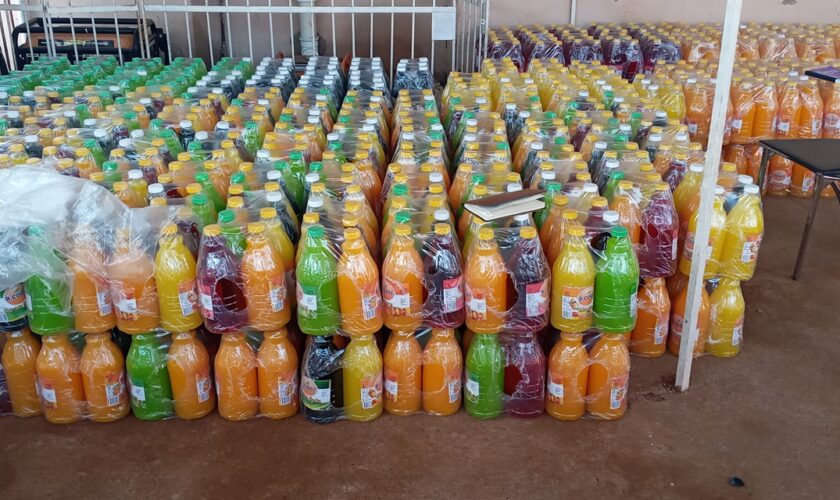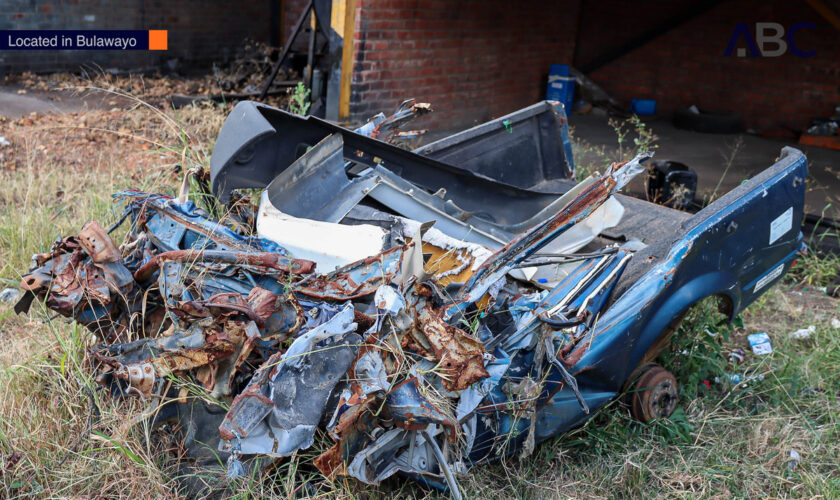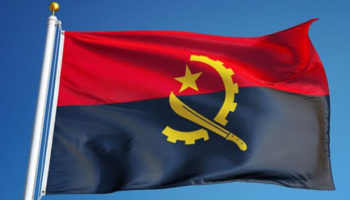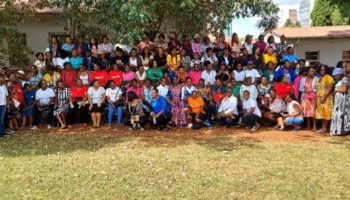The unwritten rule is if you start with a capital of $10,000 in January then by December your capital should have grown to $100,000! Disruption in motion-welcome to the world of down town tuckshops that have taken over the wholesaling of groceries in Harare. The groceries are imported from South Africa and find their way to the capital using ‘various means’. A fast money spinning enterprise but only for the experienced and connected.
Getting information about this underground economy is no stroll in the park but fortunately we managed to get inside information from one of our members called Tinashe who has been in the business for the past decade and runs several down town tuckshops in the capital and Chitungwiza.
In the past especially before the Covid-19 pandemic, the sector was dominated by Congolese nationals running tuckshops in down town but after lifting lockdown rules—more locals entered into the fray looking at fast money spinning ventures.
The current business model is the tuckshop owners first get orders of groceries from clients and then link up with buyers in South Africa with funds transferred using a Hawala System of peer money transfers which comes with cheaper charges than the conventional money transfer charges. The contact in South Africa buys groceries and then look for transportation. In the past buses were used but they proved to be expensive and a cheaper alternative was found—use of cross border trucks where drivers charge a small fee.
Goods transferred to Harare and collected before delivery to clients. The mark ups added normally 5% with volumes playing a crucial role in pushing profitability. The tuckshops have also become defacto whole salers for out of town shop owners. Of course this comes at the cost of local production but to those in the sector.
This could also help to explain the decimation of whole sale behemoths in the capital and some of them could possibly have joined the down town tuckshops bandwagon.
![]()









